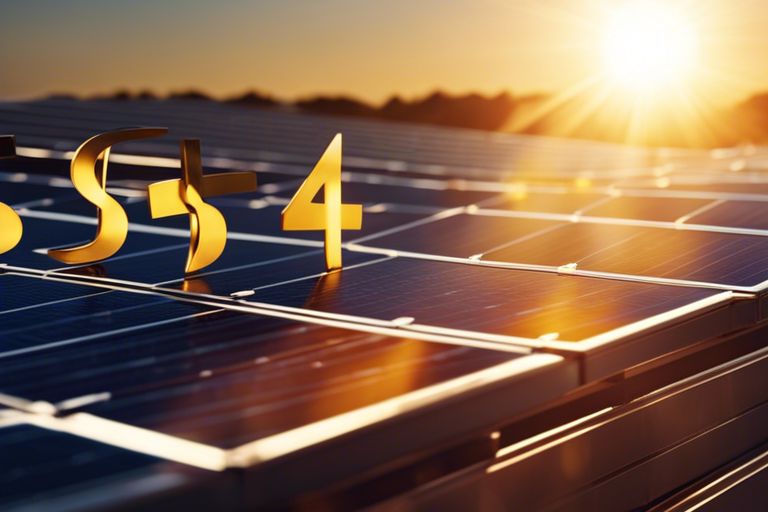How long do solar panels take to pay for themselves
With the increasing focus on sustainable energy sources, you may be considering investing in solar panels for your home. But you may wonder, how long will it take for these
Energy for A Greener Future

With the increasing focus on sustainable energy sources, you may be considering investing in solar panels for your home. But you may wonder, how long will it take for these